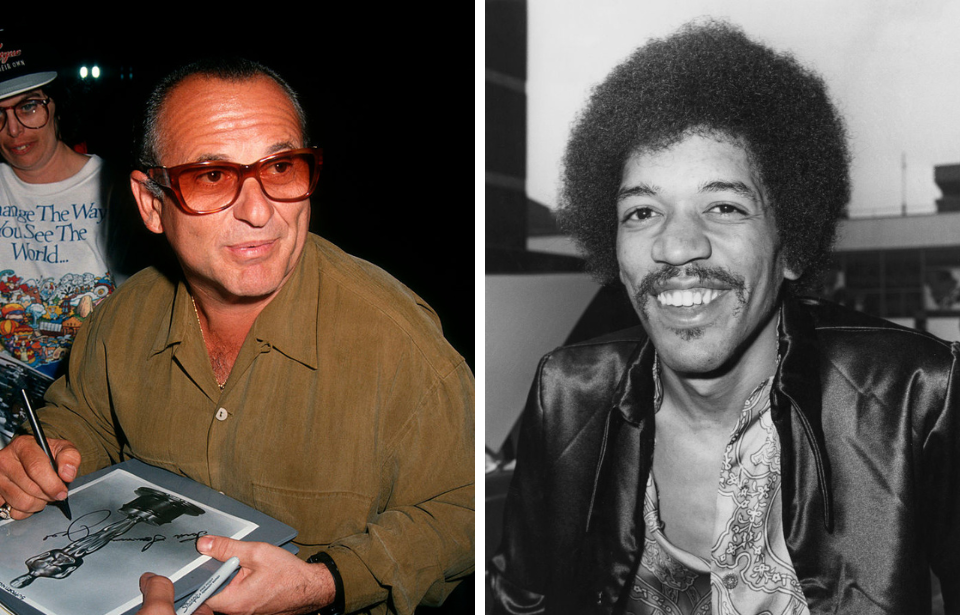Before they became a famous actor and rock star respectively, Joe Pesci and Jimi Hendrix were in a house band called Joey Dee and the Starliters. They played at a venue called The Peppermint Lounge in Manhattan.
Led by Dee on vocals, their song “Peppermint Twist (Part 1)” hit the top spot in 1962. Hendrix (then known as Jimmy James) didn’t join the group till later but Pesci was strumming along for the ride. Both were young men, just entering their 20s.
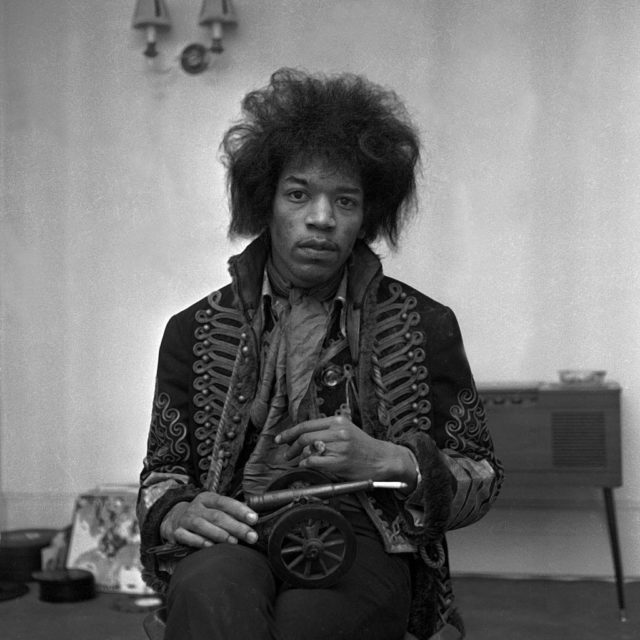
“Peppermint Twist” drew on the Twist dance craze, described on Dee’s website as “the liberation of the dance floor,” which excited teenagers and started “a media thunderstorm.”
“Doctors warned of back injuries, religious figures cluck-clucked over the moral implications, and dancers such as Fred Astaire looked down their nose at the vulgarity of it all.”
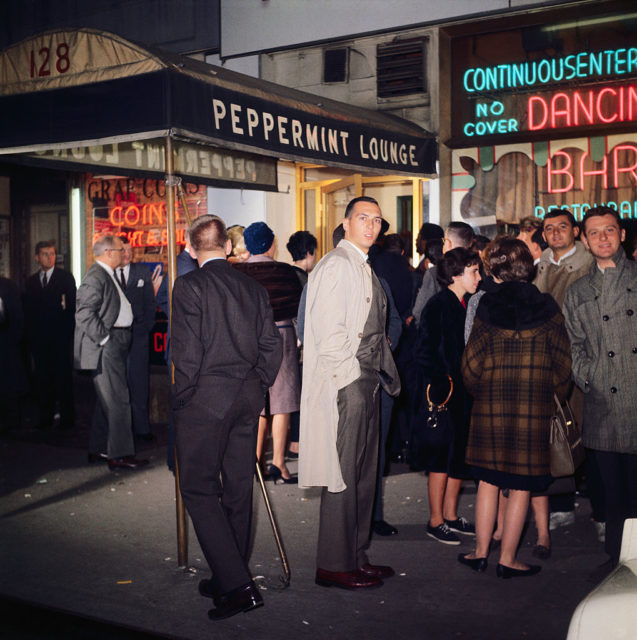
Chubby Checker’s legendary track announced the dance to the world, but The Peppermint Lounge is credited with turning it into a national pastime. It was “the Studio 54 of its day” according to a 2018 Stereogum article. Celebrities could be seen sipping drinks and twisting the night away, including Marilyn Monroe, John Wayne, Truman Capote, and Judy Garland.
Pesci and Hendrix were just passing through in the overall scheme of things. Nevertheless, they were part of something big. “The Peppermint Twist’s” status as a hall of famer is disputed, with Stereogum saying it was “a song made for a very specific cultural context, and once that context disappeared, so, for the most part, did the song.”
However, Dee believes the result was more than worthwhile. In an interview for the Classic Bands site he commented, “The Peppermint Lounge without the publicity would not have engendered The Peppermint Twist, and without The Peppermint Twist I don’t think the Peppermint Lounge would have had the longevity it achieved.”
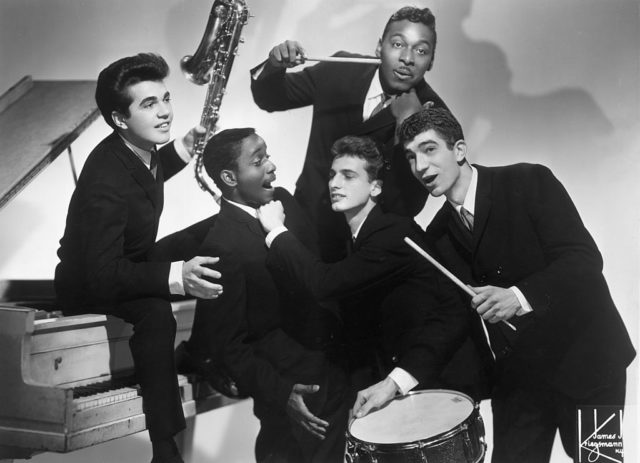
Hendrix kept playing the guitar and when things went electric he turned into a phenomenon of his own. “I had him come out to my garage and audition. After the first five minutes I knew he was the guy for my band,” said Dee. “He was a wonderful team player, a fine guitarist, similar to Curtis Mayfield… I have nothing but good thoughts about Jimi.”
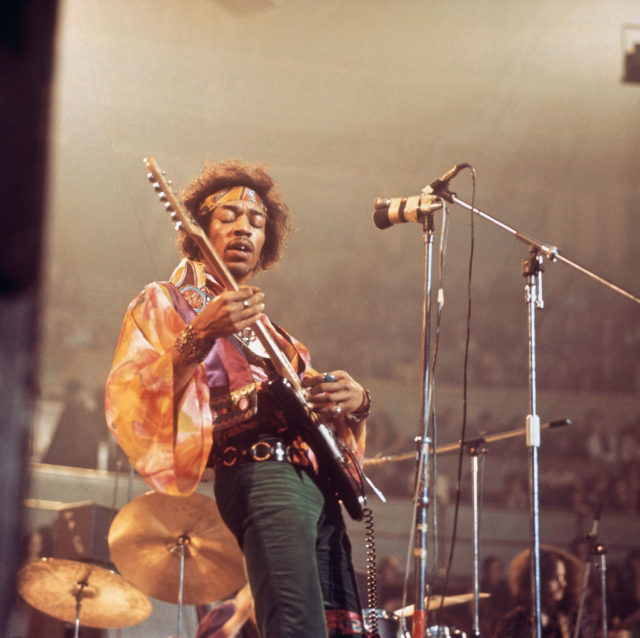
Pesci moved into acting, something he’d been urged to do by his father Angelo. In interviews, he has mentioned it not being his choice. Having trod the boards since childhood, his interest ran out in the mid-seventies after he failed to crack Hollywood.
Luckily he’d made a low-budget crime flick in 1976 which caught the attention of Scorcese. He was working as a restaurant manager when Robert De Niro and Martin Scorsese got in touch. They wanted to cast him in Raging Bull (1980) based on his performance. Noisey referred to him as “the Shakespeare of unrelenting anger.” Pesci built a reputation for inhabiting mercurial personalities, most notably Tommy DeVito in Goodfellas (1990), though he is also a respected character actor who played comedy and drama.
The Starliters certainly weren’t the be and end all of Pesci’s journey as a recording artist. The former lounge singer has always had music in his blood — to date he’s released two albums, 1968’s Little Joe Sure Can Sing! and Vincent LaGuardia Gambini Sings Just for You in 1998, named after his character from My Cousin Vinny (1992).
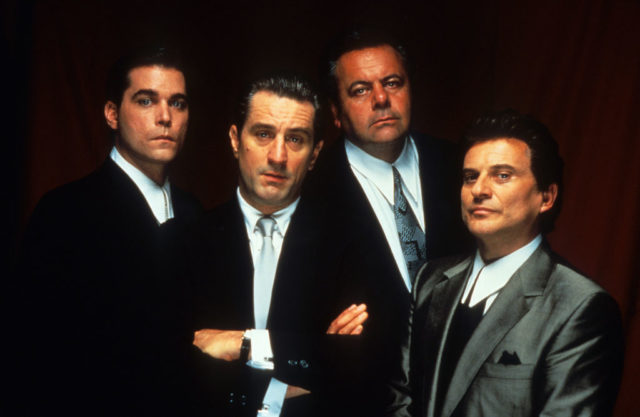
The latter release featured a hilarious rap track titled “Wise Guy,” which was critically derided. Noisey said, “the essence of the track and video shines through the fog like a pair of nauseatingly well-lit headlights.” Though he has been praised for his musical talent, this was seen as a misstep.
Before his break from acting in 1999, he won the Academy Award for Best Supporting Actor (for Goodfellas). Lethal Weapon’s fast-talking Leo Getz and Home Alone’s burglar Harry Lyme were his most popular roles. He later appeared in Scorsese’s The Irishman (2019).
More from us: Jimi Hendrix’s Haunting Last Words Were Recorded on His Manager’s Answering Machine
They went on to entertain in their own unique ways. But for a heady period in the sixties, Joe Pesci and Jimi Hendrix were at the epicenter of a great American cultural revolution.
